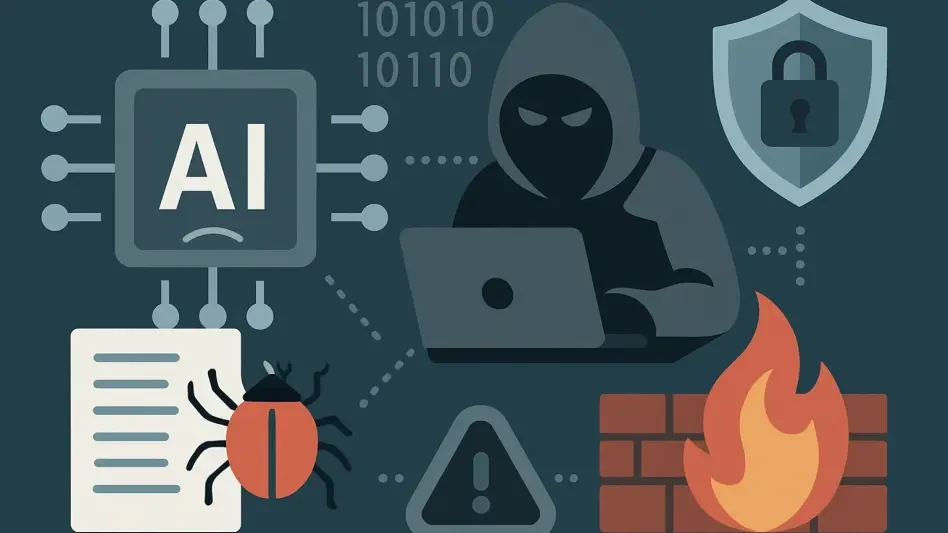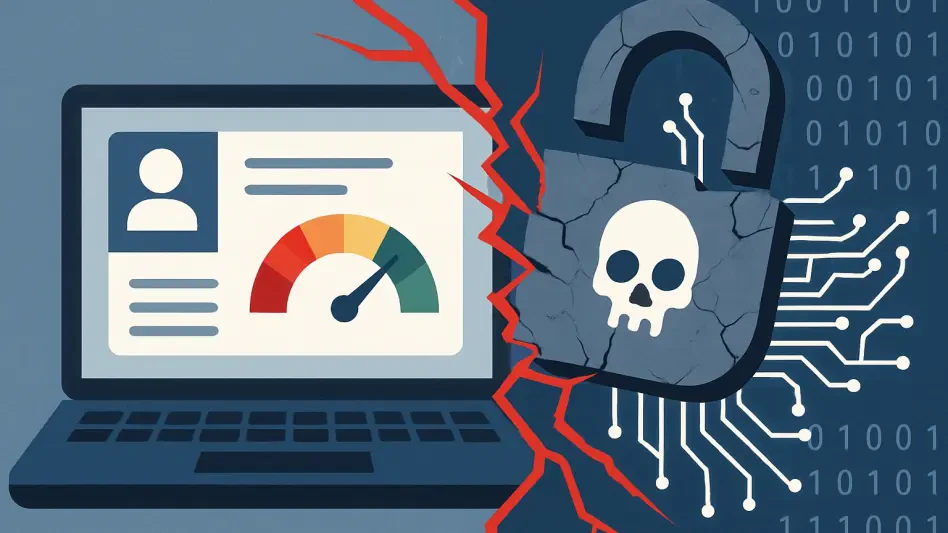Are Our Tech Saviors Also Our Biggest Threat?
Could the artificial intelligence systems that are boosting operational efficiency turn into a significant security concern for enterprises? In an era where AI is ubiquitously embedded into corporate structures, its vulnerabilities are increasingly becoming a focal point for cybersecurity. With recent data showing that a vast number of enterprises have started the integration of AI systems, the unintended consequences can no longer be ignored.
A Double-Edged Sword
AI has surged into the corporate scene, revolutionizing traditional workflows with smart automation and superior data processing capabilities. Yet, with this rapid adoption comes a pressing need to understand AI’s place within current security frameworks. As businesses become more reliant on these technologies, they’re uncovering a concerning correlation: the more integrated AI becomes, the more potential it harbors for unforeseen security vulnerabilities. This understanding is critical for all organizations eager to embrace these technological advancements.
Unpacking the Realities of AI Vulnerabilities
Despite their advantages, AI systems can inadvertently open new doors for potential security breaches. Recent case studies have highlighted significant vulnerabilities, such as Cato Networks’ PoC attack on Jira, which exploited Atlassian’s Model Context Protocol. This flaw demonstrated how AI models can be manipulated via prompt injections, causing them to leak sensitive data or engage in unintended actions. Such incidents underscore the critical need for enterprises to reassess their security protocols concerning AI-driven operations.
Insights from the Field
Experts in cybersecurity are sounding alarms over the unforeseen risks that AI integration brings to enterprise platforms. Studies have shown a worrying trend of vulnerabilities linked to AI systems. Professionals recount scenarios where AI, without enough safeguards, becomes a liability rather than an asset. These insights point to a shared industry challenge: protecting AI systems from being compromised by unchecked external prompts.
Charting the Path Forward
To mitigate these risks, companies must adopt comprehensive strategies to secure AI systems within their operations. This includes validating all external inputs before allowing AI systems to process them, employing refined frameworks designed to assess AI-related security risks, and continuously updating security measures as new threats emerge. Enterprises must prioritize thorough assessments, customizing risk models to align with their specific use cases.
AI’s role in modern enterprises presents a paradox—offering immense benefits on one hand while posing substantial threats on the other. As organizations harness AI’s potential, they must also strengthen their defenses to safeguard against the inherent vulnerabilities. By taking proactive measures to secure AI systems, businesses can continue to reap the rewards of innovation without jeopardizing their security.








